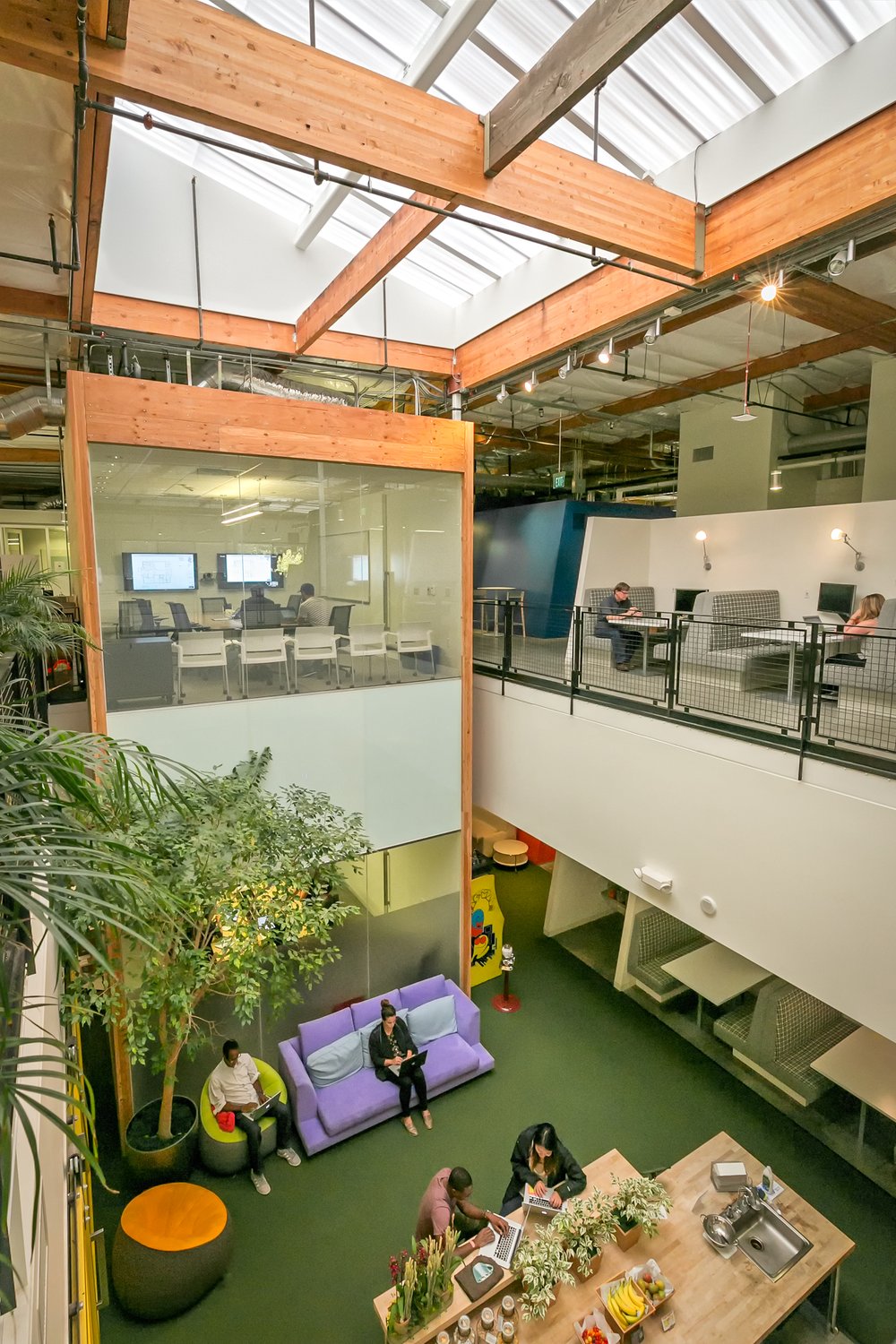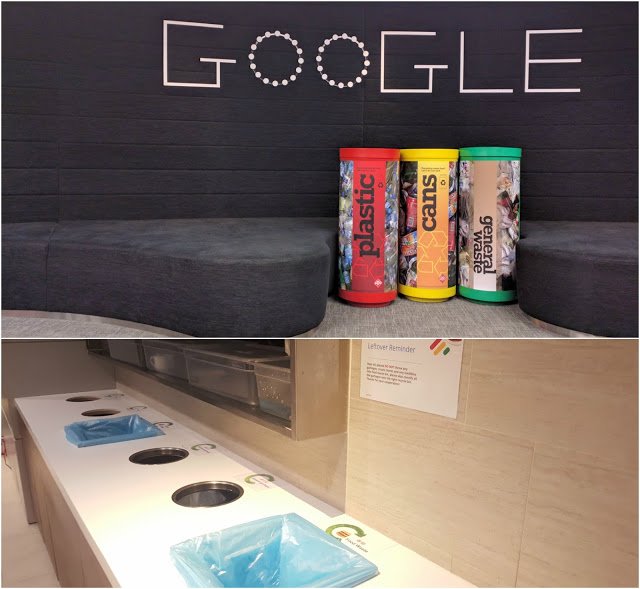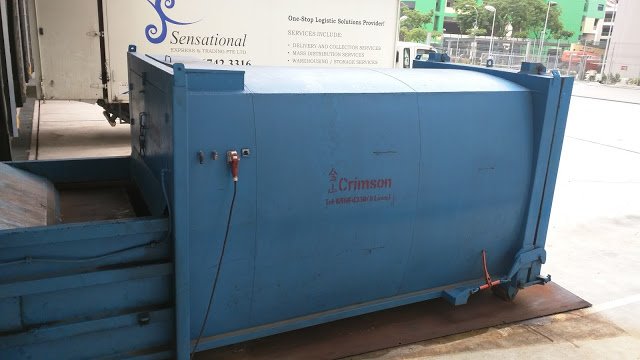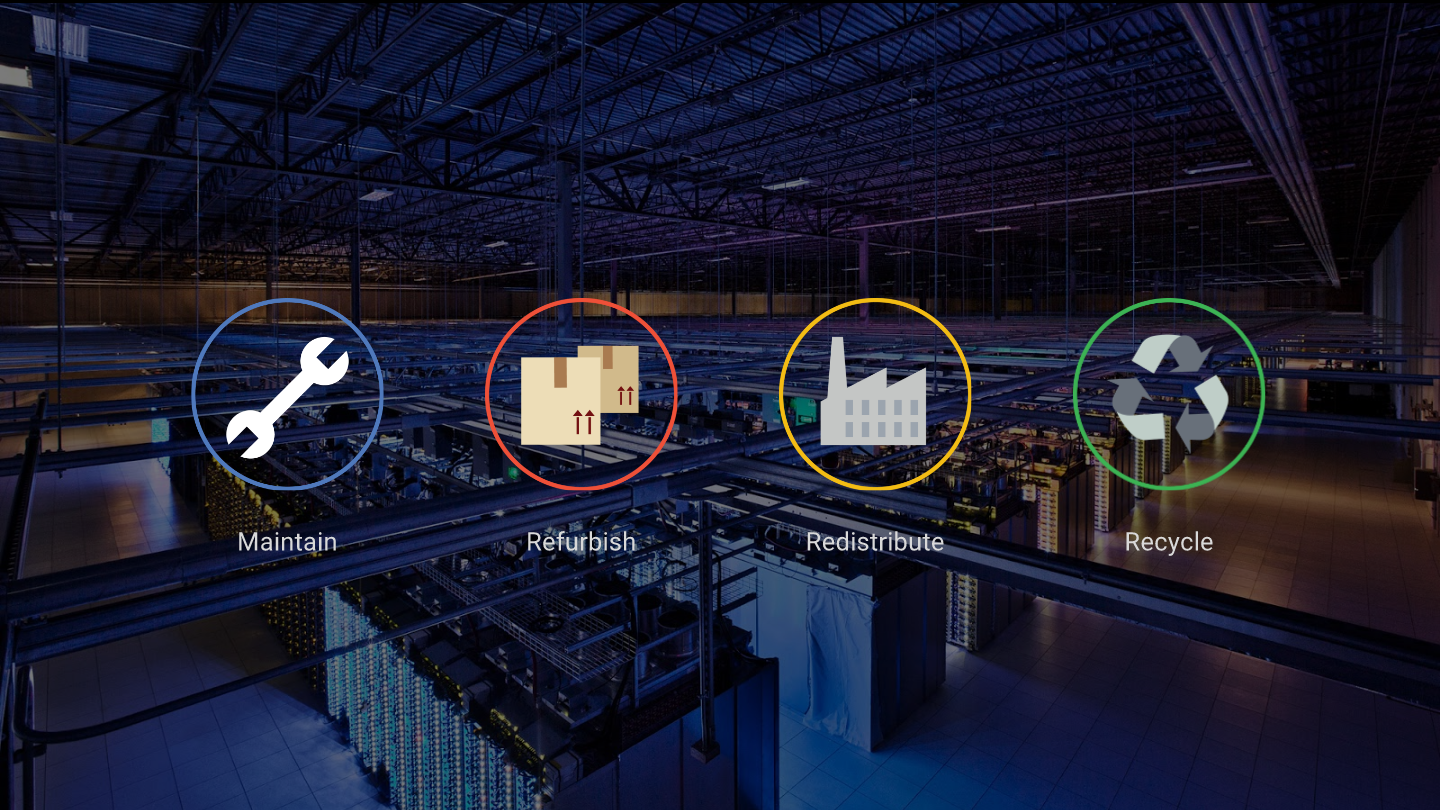Jim Miller, vice president of global operations at Google
The current economy is built on waste and is extremely energy-intensive. It’s essentially “linear”—we dig up some materials, turn that into a product, ship it to an "end user," who eventually tosses it in the trash. But recent data shows that in 2015, global demand for resources was
equivalent to 1.5 times what Earth can support in one year. Quite clearly, a linear economy is unsustainable.
We should instead be moving toward a “circular” economy: That means instead of using raw resources (think timber and ore) to create new products, we keep materials in circulation for multiple uses, whether they are maintained, reused, refurbished or recycled. We already do this in some places: Think of when cotton clothing is reused first as second-hand apparel, then crosses to the furniture industry as fiber-fill in upholstery, which is later reused in stone wool insulation for construction. But there are many more opportunities for businesses to change their use and reuse of resources.
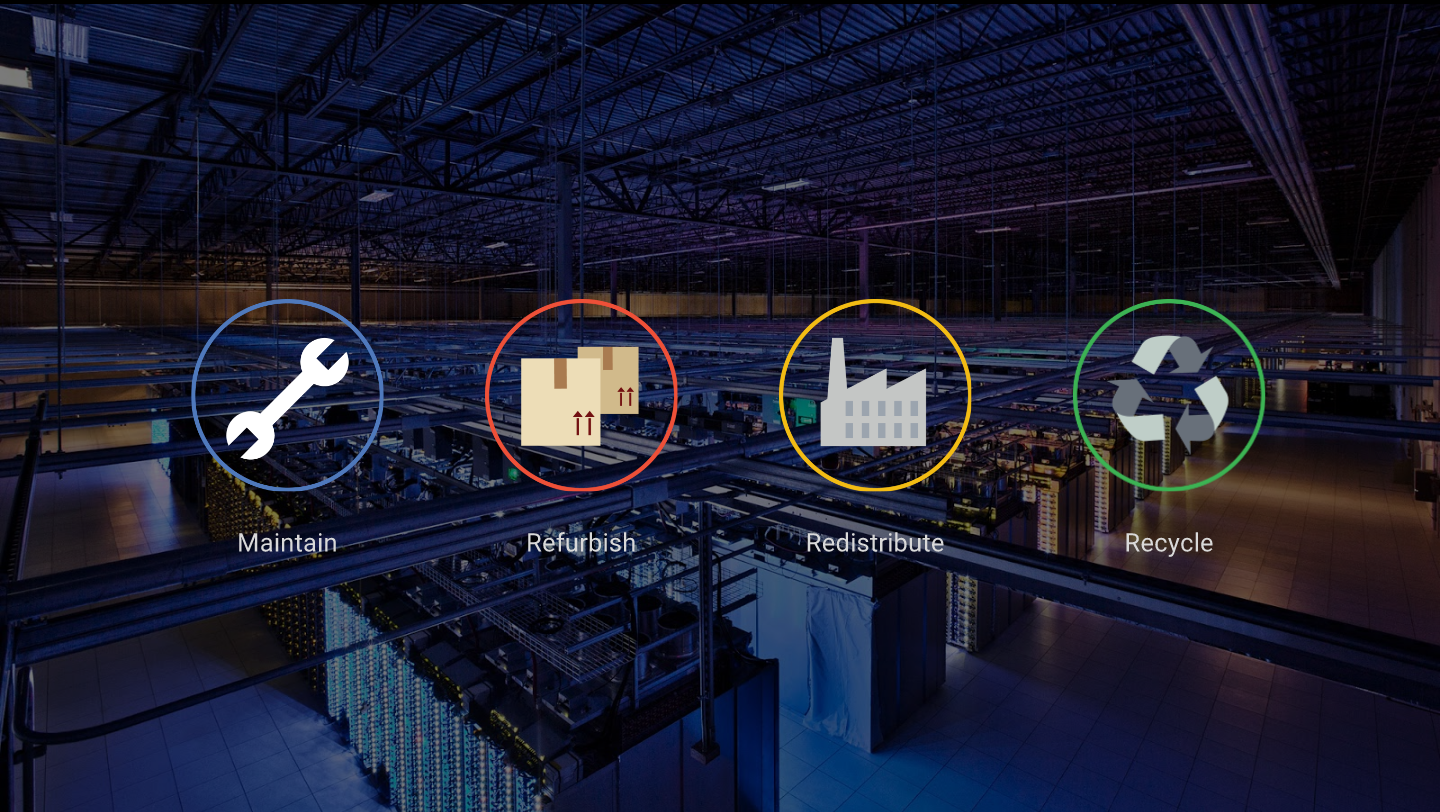 |
| The circular approach to server management |
At Google, we’ve been working on
weaving circular economy principles into our operations and have evidence that we don’t need to sacrifice one shade of green for another. By applying these approaches to our server management, we have saved hundreds of millions of dollars in material costs.
To date, six of our operating Google data centers—nearly half—have achieved 100 percent landfill diversion of all waste. In fact, our data center in Mayes County, Oklahoma, is our first Google data center to officially reach Zero Waste to Landfill.
Today, we are committing to achieve zero waste in all our data centers globally—an ambitious goal and just the kind of challenge that excites us. Although the last 10 to 20 percent of diversion will be the most difficult to solve, it is also where we see the most opportunity to get creative about new community partnerships and designing waste streams out all together.
Here’s how we’re doing it: Google’s data centers work 24/7 to deliver Gmail to a billion users and stream hundreds of millions of hours of YouTube videos a day. This means we are constantly upgrading and maintaining our servers to make sure we meet the increasing demand for our products around the world. Before we buy new equipment and materials, we look for ways to reuse what we already have. When we can’t find a new use for our equipment, we completely erase any components that store data, and then resell them into the market—giving them a second life. In 2015, 52 percent of components used for machine upgrades were refurbished inventory and Google resold nearly 2 million units into the secondary market for reuse by other organizations. The small percentage of hardware that we can’t reuse or resell gets recycled. Which means none of the waste that leaves these data centers goes to a landfill.
 |
| Data center engineer refurbishing a server component |
It’s not just data centers; there are many ways we can rethink how we treat waste, from electronics to cars to food. We are sharing
how we made this happen in our data centers to help system operators at other companies find their own way to adopt similar practices.
In addition to material efficiency, we are dedicated to energy efficiency and the use of clean power to operate our data centers. Compared to five years ago, we now get around 3.5 times the computing power out of the same amount of energy. Today, we are the
largest, non-utility, corporate renewable energy purchaser in the world. This means businesses that use our cloud-based products are greener too; a typical organization can see carbon and energy savings in their IT infrastructure between 65 to 85%.
Our offices have also been looking at
innovative ways to design out waste. For example, in the Bay Area we have already achieved an 86 percent landfill diversion rate. In addition to our large-scale composting program, we use a software system called LeanPath in our kitchens to track pre-consumer food waste (expired items, over-produced, spoiled, etc.). At our Bay Area campuses alone, this system has prevented more than 392,492 pounds of food going into the waste stream over the past year. Additionally, our imperfect produce initiative has utilized 330,000 pounds of produce in the Bay area that would have gone to waste, in turn wasting the land, water, energy, and other resources necessary to develop that produce.
 |
| Imperfect produce served in Google cafes reduces waste and tastes delicious in soups and stews |
Google is also utilizing as much as possible from every ingredient. One example is piloting the use of an innovative food product known as Coffee Flour. A growing number of our kitchens now serve baked goods and other foods made with a flour derived from traditionally discarded parts of a coffee plant—the coffee cherry. We are going beyond what is typical and bringing those items into our nutritious food offerings.
Ultimately, this massive shift requires global businesses to lead the way to reduce our dependence on primary materials and fossil fuels. But the good news is, a shift like this isn’t just good for the environment, it’s good for bottom lines. In the 2015 study “Growth Within: a circular economy vision for a competitive Europe,” the Ellen MacArthur Foundation, McKinsey and SUN estimated that shifting to a circular economy could be worth €1.8 trillion to Europe by 2030.
Recent research from the Ellen MacArthur Foundation suggests that €1.2 trillion of that overall potential comes from the information and communications technology sector. This kind of value can be unlocked globally and gains are anticipated to be even larger in the US.
Becoming circular is something we hope all companies will commit to, together. It is certainly a challenge to change in the way we make things and use them, but it's not impossible. And, in the end, it pays—in our own bottom lines, in our broader economy, and in the environment we all share together.

